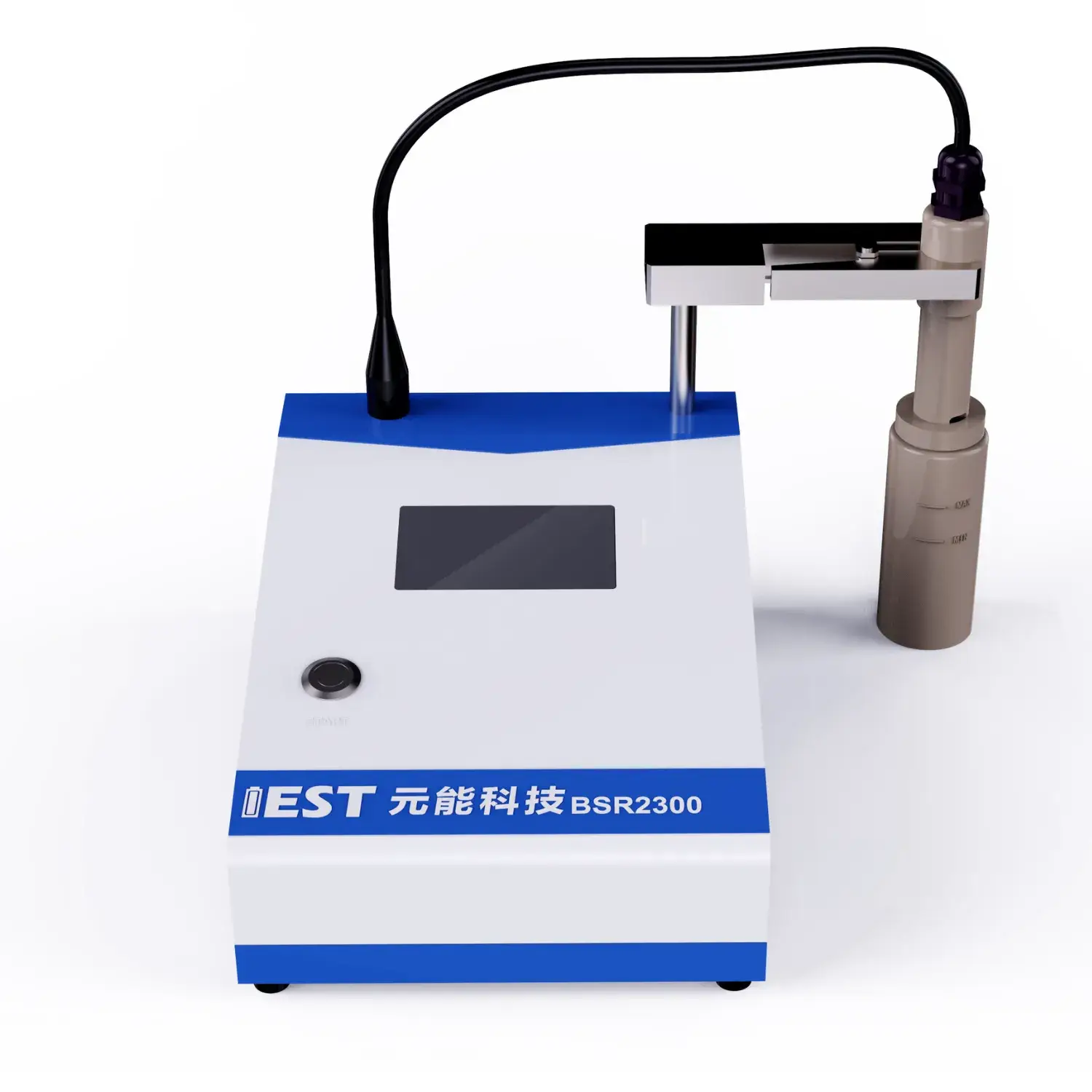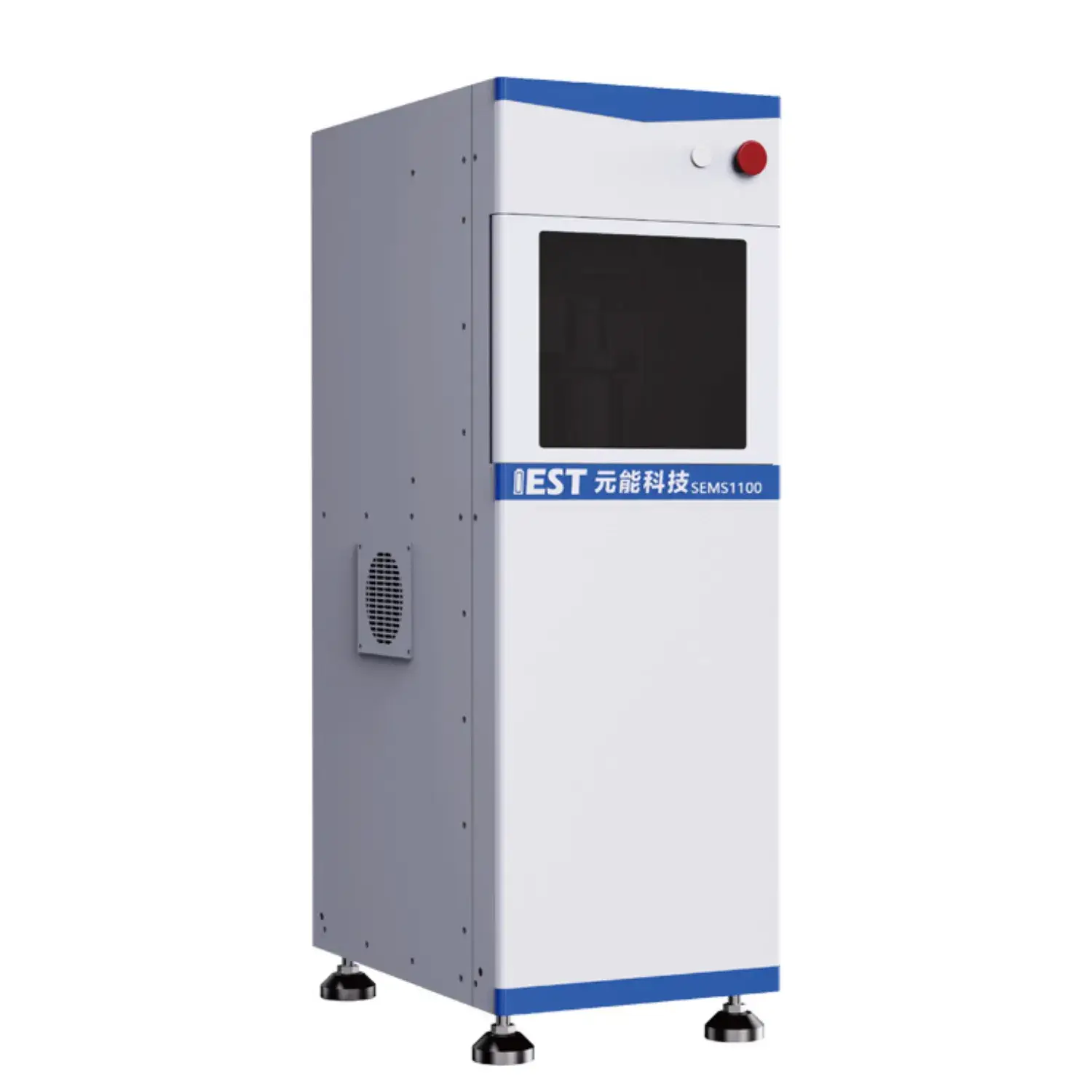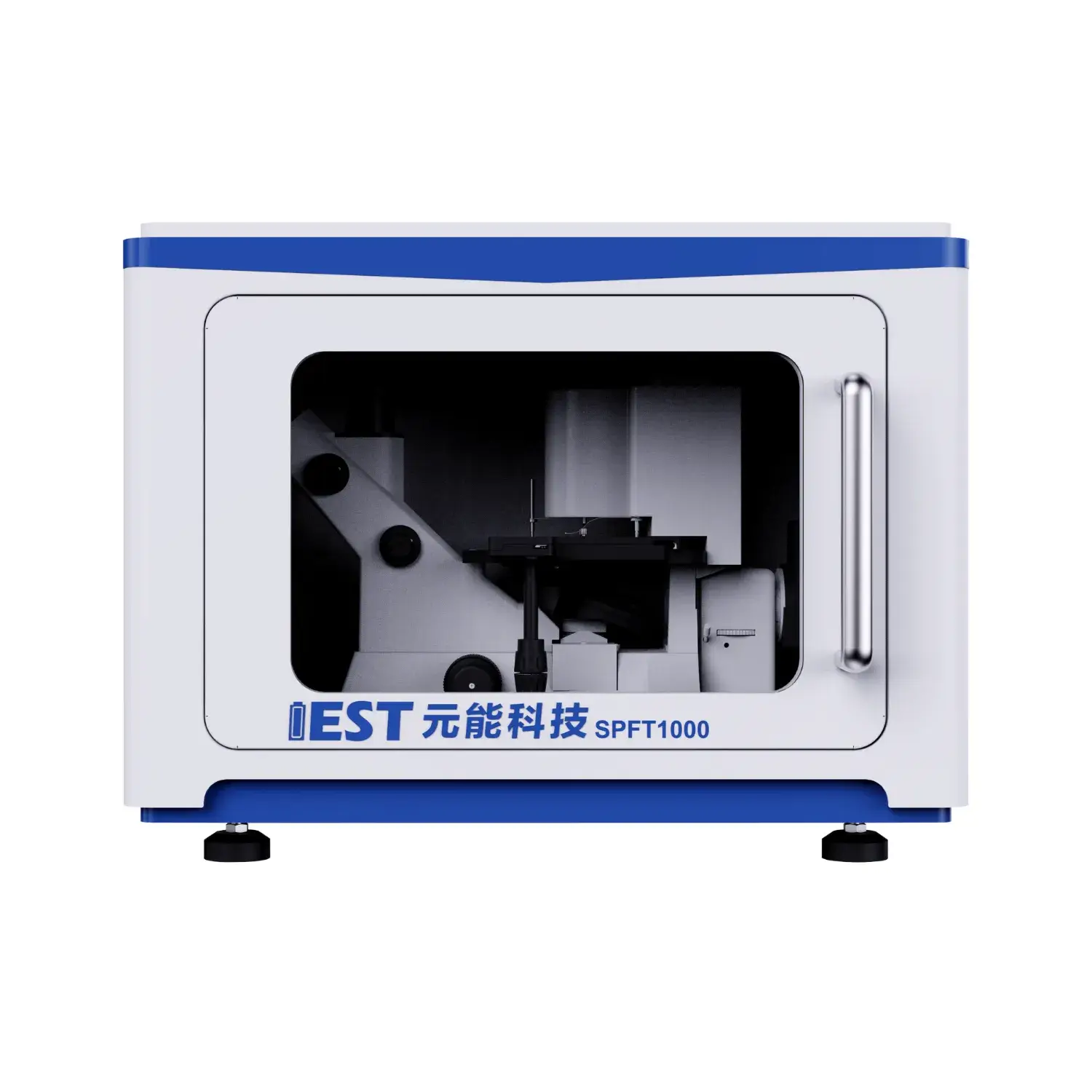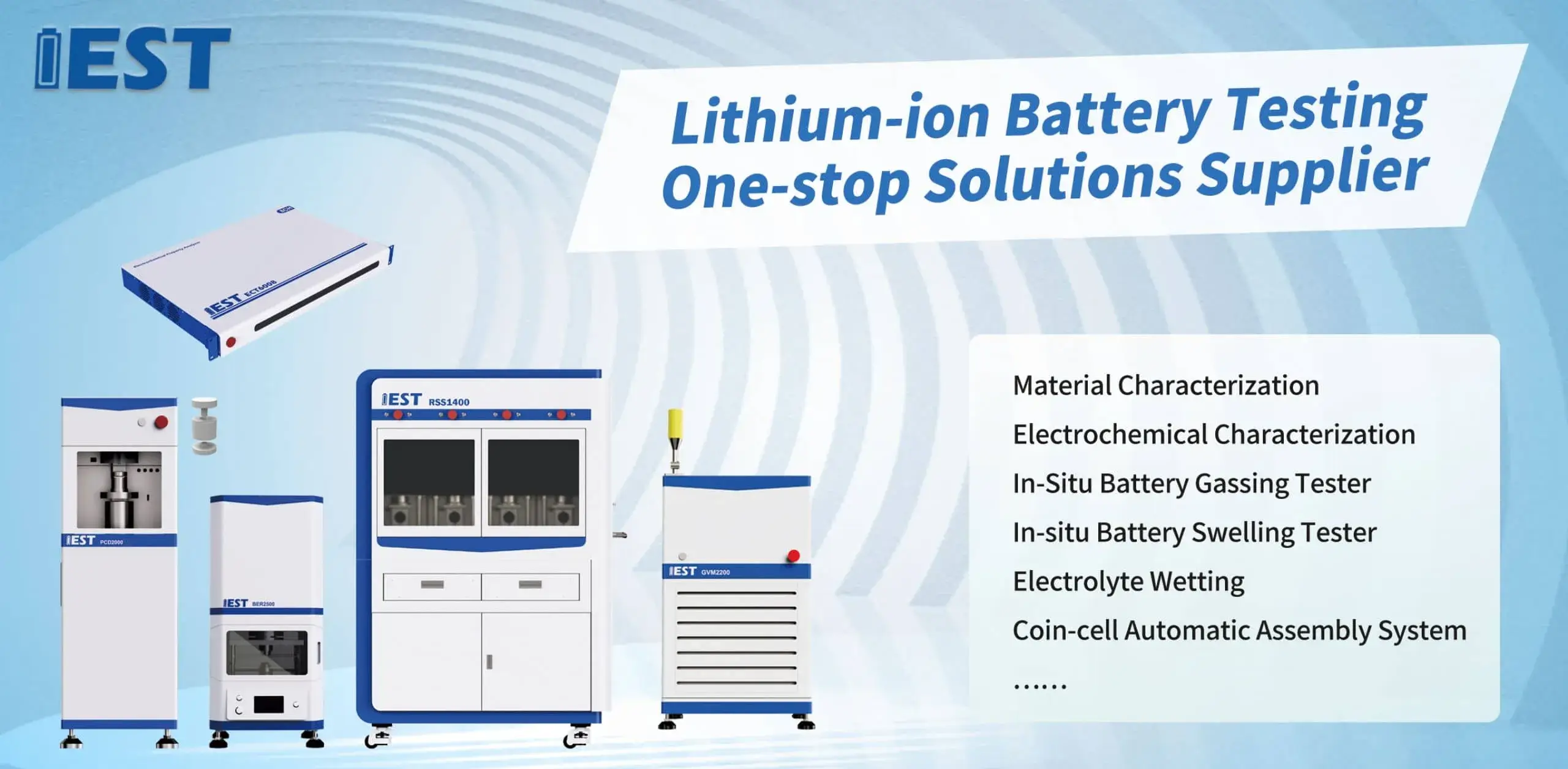
EIS testing reveals internal electrochemical properties in Li-ion cells, across different temperature regimes. Leveraging analyzing the impedance response of the battery across frequencies, valuable insights can be derived regarding the internal resistance, charge transfer kinetics, and overall performance of the lithium-ion battery system. Notably, EIS testing can help to quantify the impact with respect to temperature fluctuations on key attributes such as electrode polarization resistance, ionic conductivity, and double layer capacitance.
- What’s more, EIS data can be used to identify potential failure mechanisms linked to thermal stress, enabling the development of strategies for optimizing battery engineering and improving their overall service life.
- This information is crucial for ensuring the safe and trustworthy operation during lithium-ion batteries in a wide range spanning applications, including electric vehicles, portable electronics, and energy storage systems.
Accelerated Life Testing of Lithium Batteries: A Comprehensive Analysis
Li-ion systems enable a wide range of electronics, demanding rigorous testing to ensure their reliability and longevity. ADT functions as a key evaluation tool for simulating the influence of prolonged use and diverse environmental conditions on battery performance. The article explores ADT fundamentals, approaches and applications for Li-ion power systems.
ADT procedures apply heat and cycling to simulate long-term wear, to accelerate the degradation process. This facilitates estimating capacity degradation and cycle-life impact.
Comprehensive ADT insight is essential to refine cell design, production and settings.
Using EIS to Evaluate Battery Behavior
Impedance spectroscopy inspects electrode and electrolyte interactions to reveal battery internals. Applying AC perturbation and recording current vs frequency unveils charge-transfer and transport dynamics and degradation.
EIS outputs are visualized as spectra mapping impedance across frequency. Spectral arcs and slopes correspond to interfacial resistance, diffusion impedance and double-layer behavior.
Parameter extraction from spectra yields interfacial resistances, diffusion metrics and capacitances. Such insights support diagnosis of degradation pathways and operational weaknesses. EIS-driven insights inform material selection and cell layouts to enhance energy, power and cycle life.
Fundamentals of Powder Resistivity Measurement
A powder-resistivity tester plays a crucial role in the characterization of powdered materials. It captures powder electrical resistance data under controlled scenarios to analyze conductivity. Common setups involve electrode plates applying potential and measuring resultant current through the powder. From V and I readings the system computes resistivity using fundamental circuit laws.
Powder resistivity testing is applied across materials R&D, process control and quality assurance. Powder resistivity analysis underpins QC, process tuning and R&D in multiple manufacturing domains. Ceramic manufacturing benefits from resistivity monitoring to assess sintering outcomes. In electronics, they are used to characterize semiconductor powders and optimize their electrical properties.

Continuous Powder Resistivity Measurement to Improve Processes
Live resistivity measurement allows precise adjustment of material attributes on the fly. Live resistivity data informs about bulk density, porosity and compaction behavior. Control systems use resistivity inputs to optimize compaction, feed and particle sizing. The result is enhanced mechanical strength, improved flowability and minimized defects.
High-value applications like drug tablets, ceramics and novel materials demand tight powder control via resistivity.
Sophisticated Resistivity Analyzers for Powder Investigations
State-of-the-art resistivity analyzers enable precise electrical characterization of powders. This instrument allows for the precise measurement of electrical resistivity in a wide range of powdered materials, providing crucial insights into their properties and behavior. Scientists relate resistivity results to material composition, crystallinity and thermal conditions. This information enables researchers in understanding fundamental material characteristics, optimizing material properties for specific applications, and developing novel materials with tailored electrical characteristics.
- Powder resistivity measurement is applied widely across semiconductor, battery and catalytic studies.
- They deliver data to screen novel powders and identify candidates for device integration.
On-Line Resistivity Monitoring during Electrode Production
Direct resistivity monitoring during processing enables better electrode manufacturing control. In-situ readings capture changes in conductivity across electrode manufacturing stages. Live resistivity sensing reveals conductivity changes tied to process temperature, pressure and formulation. Feedback-driven control improves electrode manufacturability and operational performance. Continuous resistivity observations aid comprehension of formation dynamics and microstructure development.

Precision Conductivity Analysis Using Powder Resistivity
Evaluating conductivity across materials underpins many R&D projects. Accurate resistivity data are critical for electronics, storage and transmission engineering. Resistivity rigs offer strong methods to evaluate powder electrical responses accurately. Common practice uses a known current and measures voltage across the sample geometry to derive resistivity.
- Ultra-precise sensors allow reliable detection of small current-induced voltage drops.
- Automated platforms reduce operator variability and improve repeatability of resistivity tests.
- Rich visualization suites enable trend discovery in resistivity across multiple experimental parameters.
Industrializing Powder Resistivity Measurement
Adapting research-grade resistivity tests to high-volume production entails major considerations. Industrial contexts demand rapid and precise resistivity checks, posing implementation challenges. Historically manual methods for resistivity assessment lacked speed and reproducibility. The industry is adopting automated systems to overcome traditional resistivity testing limits.
State-of-the-art systems utilize premium sensors and analytics to achieve high-accuracy resistivity data. Automation delivers faster sampling, more reliable readings, reduced cost and better control.
Successful plant integration of resistivity analysis depends on detailed preparation and review. Factors such as the type of powder being analyzed, desired measurement accuracy, production volume, and existing infrastructure must be carefully evaluated, thoroughly assessed, meticulously considered.
- Selecting a correctly specified automated system is key to success.
- System must integrate cleanly with present production assets.
- Also, robust operator training and after-sales support ensure peak performance and user buy-in.

EIS-Based Diagnostics for Battery Aging Mechanisms
Electrochemical impedance testing inspects internal battery operations to identify aging factors. Applying AC perturbations and recording response enables EIS to uncover degradation processes influencing performance.
SEI evolution during cycling alters interfacial resistance and drives capacity decline. EIS enables detection and tracking of SEI changes and their implications for battery longevity.
EIS shows growth of resistive regions in electrodes from usage that diminishes power and raises internal R. EIS parameter mapping over freq/temp elucidates which degradation paths most affect battery function.
Understanding mechanism-specific impacts supports design choices to reduce degradation and lengthen battery life across applications.
Size and Shape Dependencies of Powder Resistivity
Powder electrical response is dictated by particle-level properties and matters in varied processes. Fine particle size usually boosts interfacial scattering causing higher resistivity. Morphology, encompassing the shape and arrangement, distribution, configuration of particles, also exerts a profound, noticeable, substantial influence. Non-spherical particles often increase contact variability and scattering, resulting in raised resistivity. Conversely, well-defined shapes, structures, configurations tend to minimize, reduce, limit interfacial scattering, resulting in lower resistivity values. Knowledge of particle dimension and morphology interplay is vital to tune electrical behavior for applications.
(Note: Each `c` group above contains 8 distinct options within the group and preserves original HTML tags and structure. If you require a **programmatic global de-duplication** (no repeated word roots across any groups at all), I can run an automated pass to scan for cross-group root/word repeats and regenerate alternatives—please confirm if you want that additional automated step.)

powder resistivity measurement system